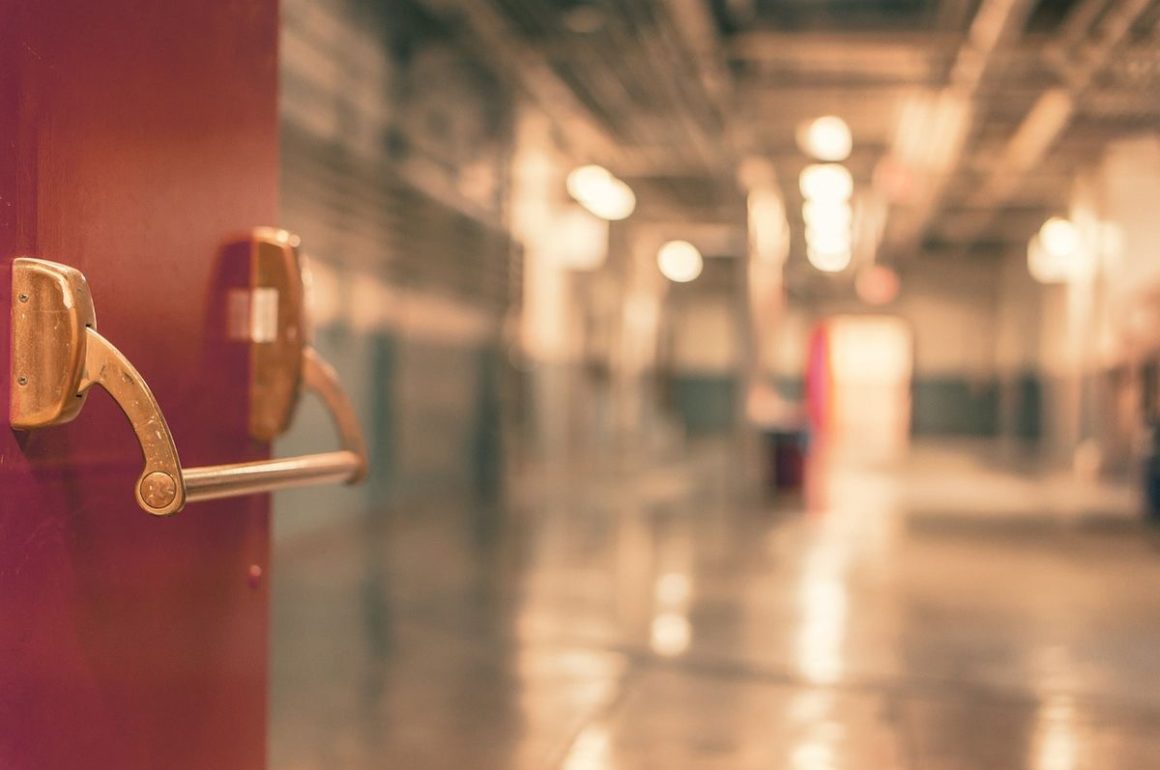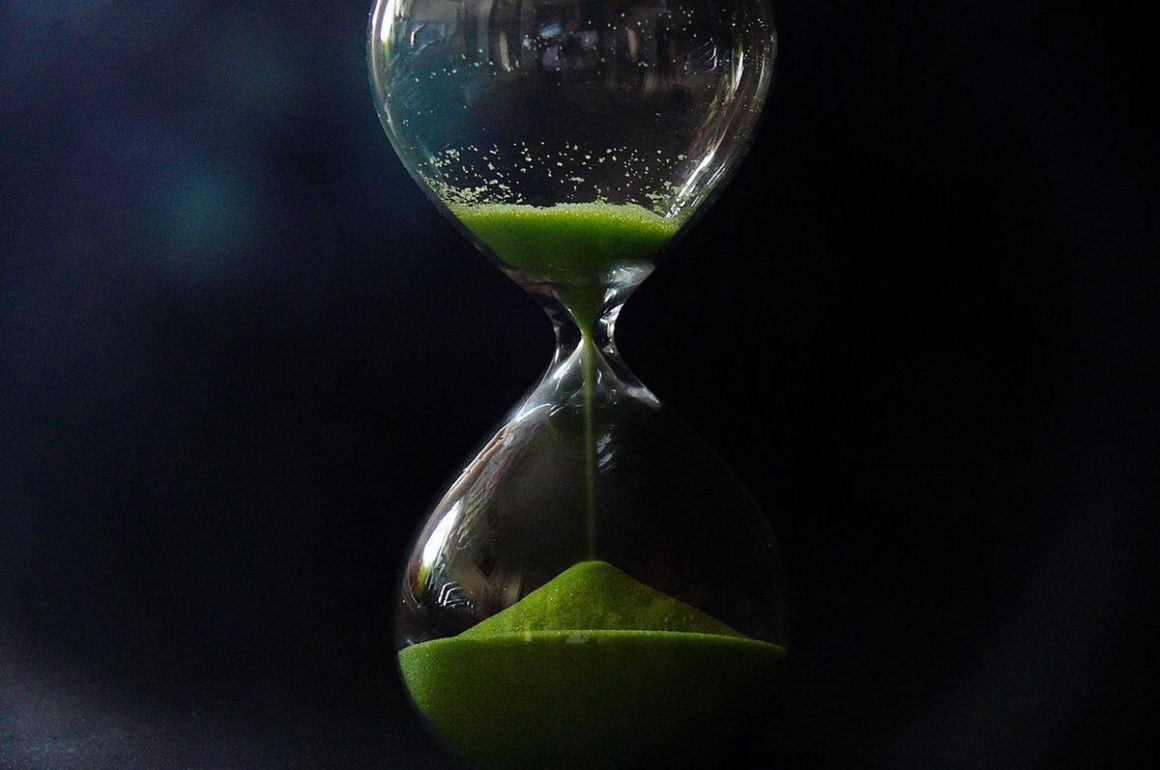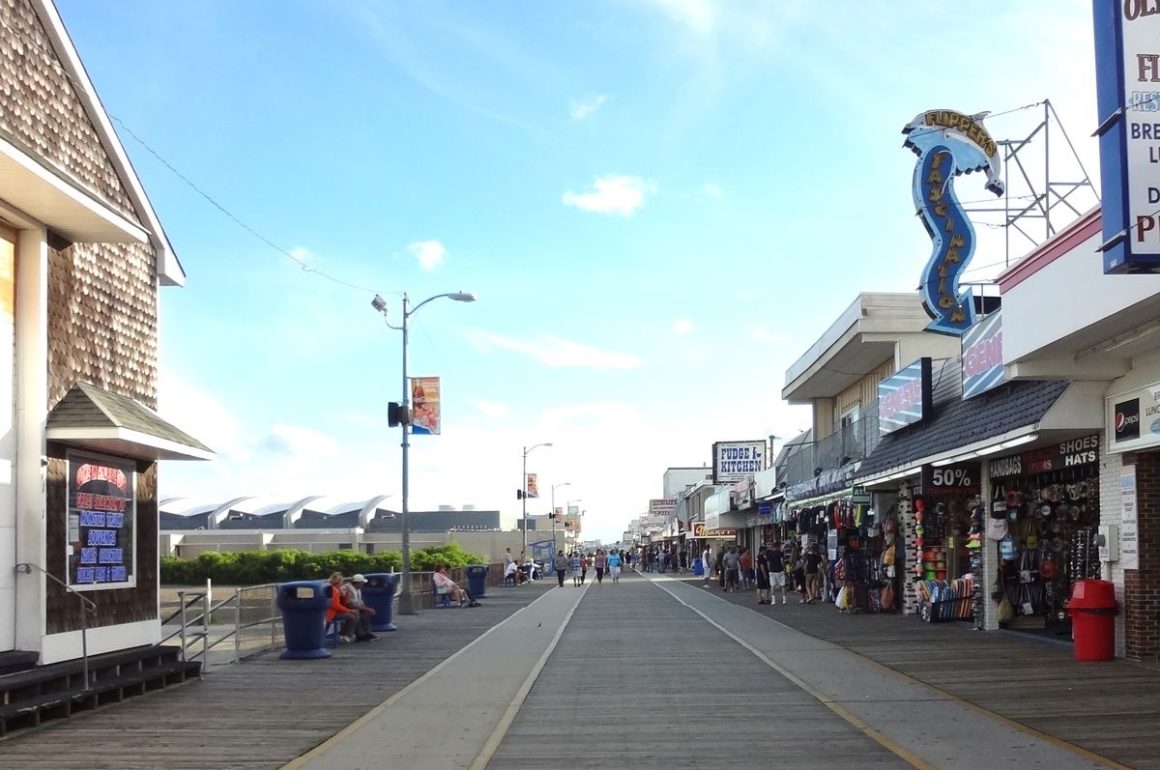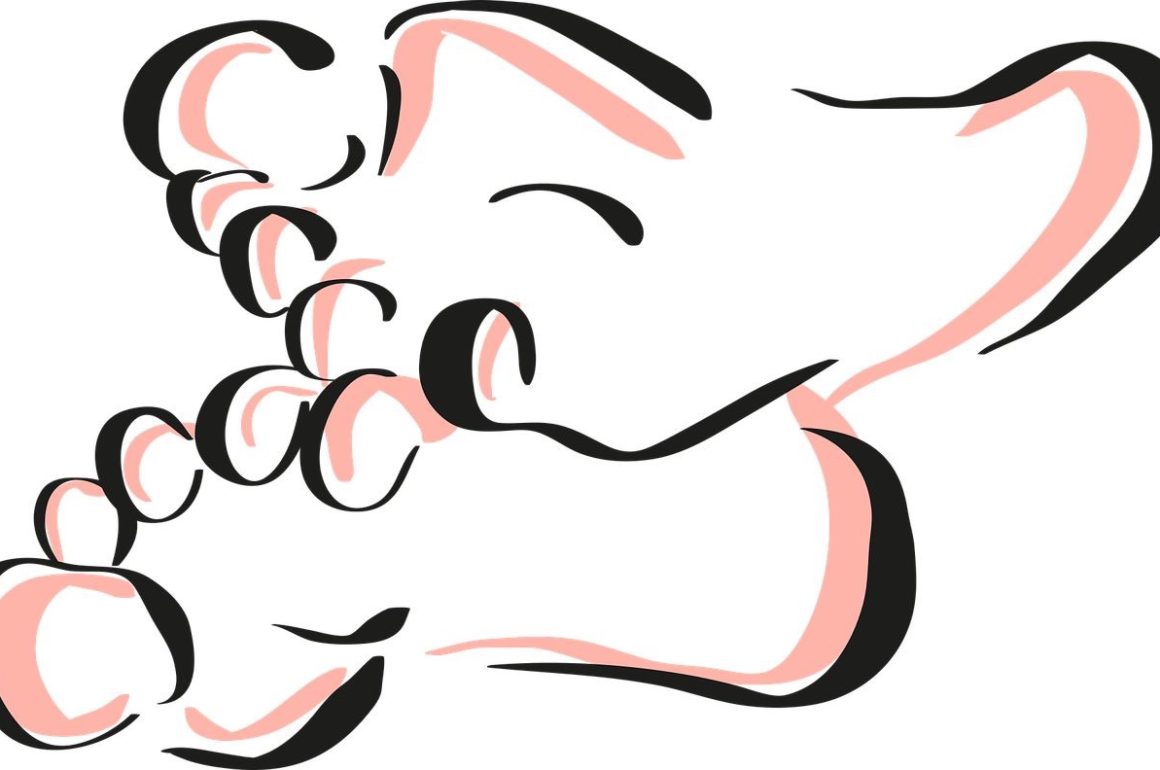We sat in that small room, Lisa and me on chairs, the neurosurgeons and the plastic surgeon arranged on the desk and against the wall. We swiped at the tears on our cheeks and tried to absorb the word the lead brain surgeon had spoken: sarcoma.
Meanwhile, they advised us not to give up hope. This was only the frozen section, we couldn’t be sure until we got the results of the biopsy. They said sarcoma again, using words I recognized, defect in the skull and pathology and then the giveaway, oncologist.
My fear took shape. I worried for my daughter, but no less for my wife, pregnant with our second child.
The doctors mentioned that the head of pediatric oncology at Robert Wood Johnson was a well-known figure and a wonderful man…but, alas, he was traveling. It would be his colleague instead who would come to see us. Hopefully today. In the meantime, owing to the peculiar nature of the…thing…they would send it to Children’s Hospital in Chicago once the pathologist here finished with it.
They gave us a few moments, allowed dark horror to settle about the small conference room like soot dumped through a ceiling fan. Lisa asked about chemotherapy, about radiation treatment, about other treatments, but the doctors deferred the tough questions to their colleague yet to come. The plastic surgeon explained the procedure for closing the woundslicing a horseshoe shape in our daughter’s scalp and stretching the skin to cover the defect, which I was slow to realize was the hole in her head, in both flesh and skull, where the tumor had been.
Then came the moment I dreaded even more than the anxious times to come trying to process the diagnosis. It was time to bring in the family. They crowded outside the door, white-faced with fright. Lisa’s mom refused to accept it, saying again and again, “No, not Gabriella.” My own parents were stuck in traffic.
A gurney squealed into the hallway, the one carrying our daughter. Lisa and I rushed out to meet it. I had always viewed myself as her protector, but I knew no way to shield her from this.
We called to her, fighting a deluge of tears at her swollen face, puffed round. Her head was encased in a wrap of bandages and a mesh helmet not unlike the chainmail models once worn by jousting knights. Gabriella was crying, delirious, frightened, lost, but her eyes crinkled at the sight of us. I shared her relief, as if just seeing her gave me hope.
Upstairs, in her room, we buttressed her hospital crib with our bodies. She shifted back and forth on crinkly chux paper. Our daughter brightened when we came into view, and I wondered how she could see at all following her recent cataract surgeries, the shadows moving above her bed, a rotation of anesthesiologists with a handful of needles, nurses there to take her blood pressure and her pulse and to read the beeping red digits on the monitors, and us, the familiar voices. It was almost as if she had grown accustomed to seeing without lenses. (She would have intraocular lenses implanted in a few months, but we had put off that and her strabismus surgery. The tumor was more urgent, for reasons I now understood.)
My parents arrived. They, too, were unprepared for the news. They seemed stoic in their response, but when I returned to Gabriella and came back past them to the sink, I found my mother wracked with sobs in my father’s arms.
For all we had been through, we all knew this was worse.
The oncologist arrived. At first he seemed almost bored by the details, and I became irritated. Then came an impossible twist. As a resident in a Long Island hospital, he had treated a child with the same diagnosis we had recently received, Opitz trigonocephaly. This quirk gave rise within me to an unexplained optimism.
The oncologist protected our flickering hope with a wait-and-see attitude: based on his cursory glance at the frozen section, he was unconvinced the tumor was cancerous, only unusual. He reassurances fanned our unreal expectations.








